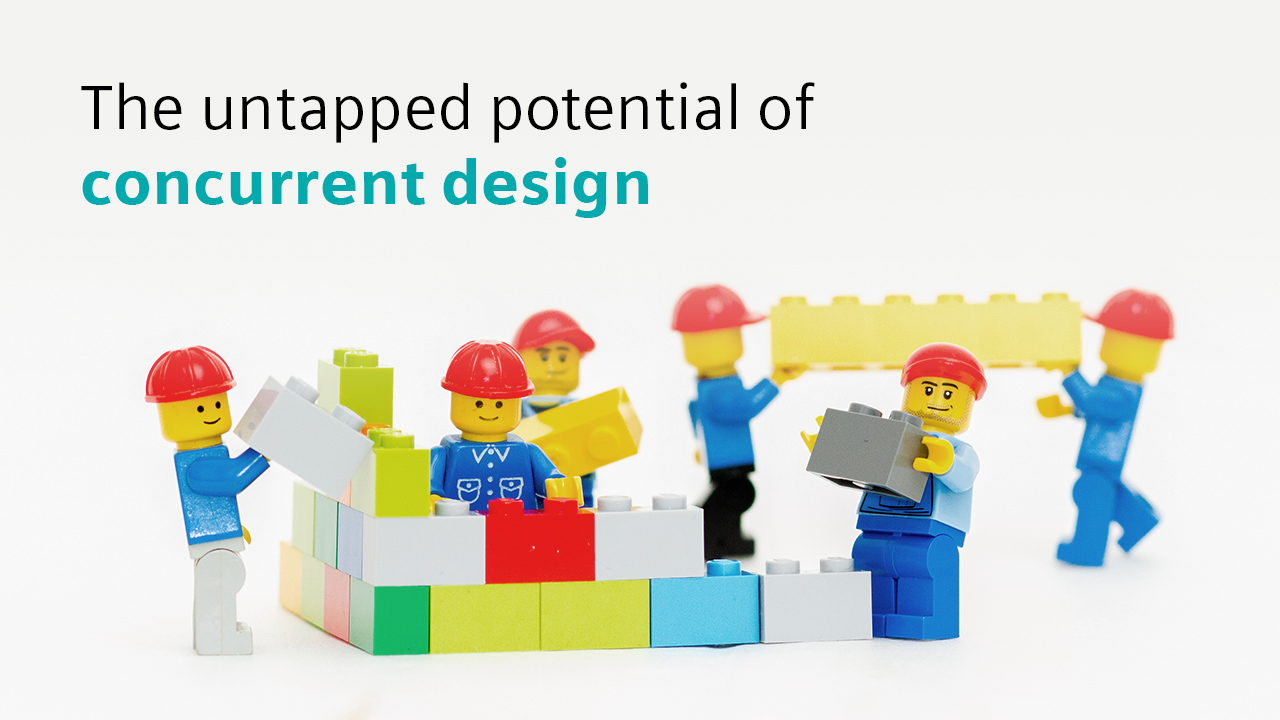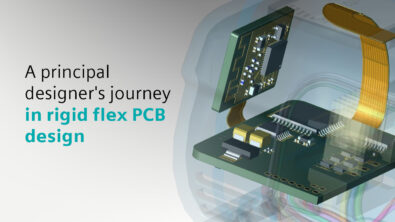The untapped potential of concurrent design

In the field of PCB design and engineering, the concept of concurrent design stands as underutilized and waiting to help change the way teams work together. In an interview I had with Chris Young, we delved into the concept of concurrent design and its potential to reshape the design processes.
Concurrent design: a living collaboration
Chris Young draws a compelling analogy between concurrent design and the simple joy of playing Legos with his daughter. He started by simply introducing her to Legos and letting her explore. He then guided her into a “serial assembly process”, or in this case the Lego instruction manual. As she began getting comfortable with that process, they moved into a batch process where they would assemble all the parts for each stage then assemble it. After more practice this once again evolved into more of “batched and segmented work”, where he would gather the parts while she continued to build. Eventually this shifted again into concurrent design. He explains the process saying “if we were to build a castle, I would take on the towers, she’d take on the walls, I’d be building the towers to support the walls while she’s building the walls. If I fall behind, she’ll just naturally come right in and help me build the tower so that the building of the wall doesn’t get delayed.” Young points out that this process is very natural, as it’s how kids learn to work in groups throughout their childhood and that this efficiency can really only be achieved with the real time interaction of concurrent design.
Concurrent design: company adaptation
Yet, despite its promise, concurrent design faces challenges. Many interpret it as a parallel batch process, hindering its widespread adoption among companies with legacy processes already in place. However as Young points out, just because your process is effective and profitable, doesn’t mean that concurrent design wouldn’t improve the process.
Young shares a quote that encapsulated the idea of concurrent design and companies not willing to adapt into it, “If you’re not growing, you’re dying.” In a world where adaptability is the key to survival, the dynamism of concurrent design becomes a driving force for continued innovation.
Once adopted, to make this innovative approach work, PCB designers and engineers must unite under a shared vision. Agreement on objectives and a commitment to sticking to decisions are paramount, as with other design processes, any deviation can disrupt the delicate balance of workflow, emphasizing the need for clear communication before alterations. The benefit to concurrent design is being able to work through these needed changes together in real time.
Embrace change for growth
What sets concurrent design apart is its ability to foster real time collaboration. Changes are not isolated events but shared experiences and can be absorbed much easier with less negative impact to the project schedule and budget. It’s almost identical to working on a whiteboard together, where alterations are instantly visible, and discussions flow seamlessly.
The shift towards concurrent design is not just a trend but a necessity. As industries evolve, so must our methodologies. Unlock the full potential of your team by embracing concurrent design. In the words of Chris Young, “If you don’t change, eventually it won’t work.” Embrace the change, unlock the potential, and watch your designs soar to new heights through the power of concurrent collaboration.
To learn more about concurrent design listen to the interview with Chris Young here.


